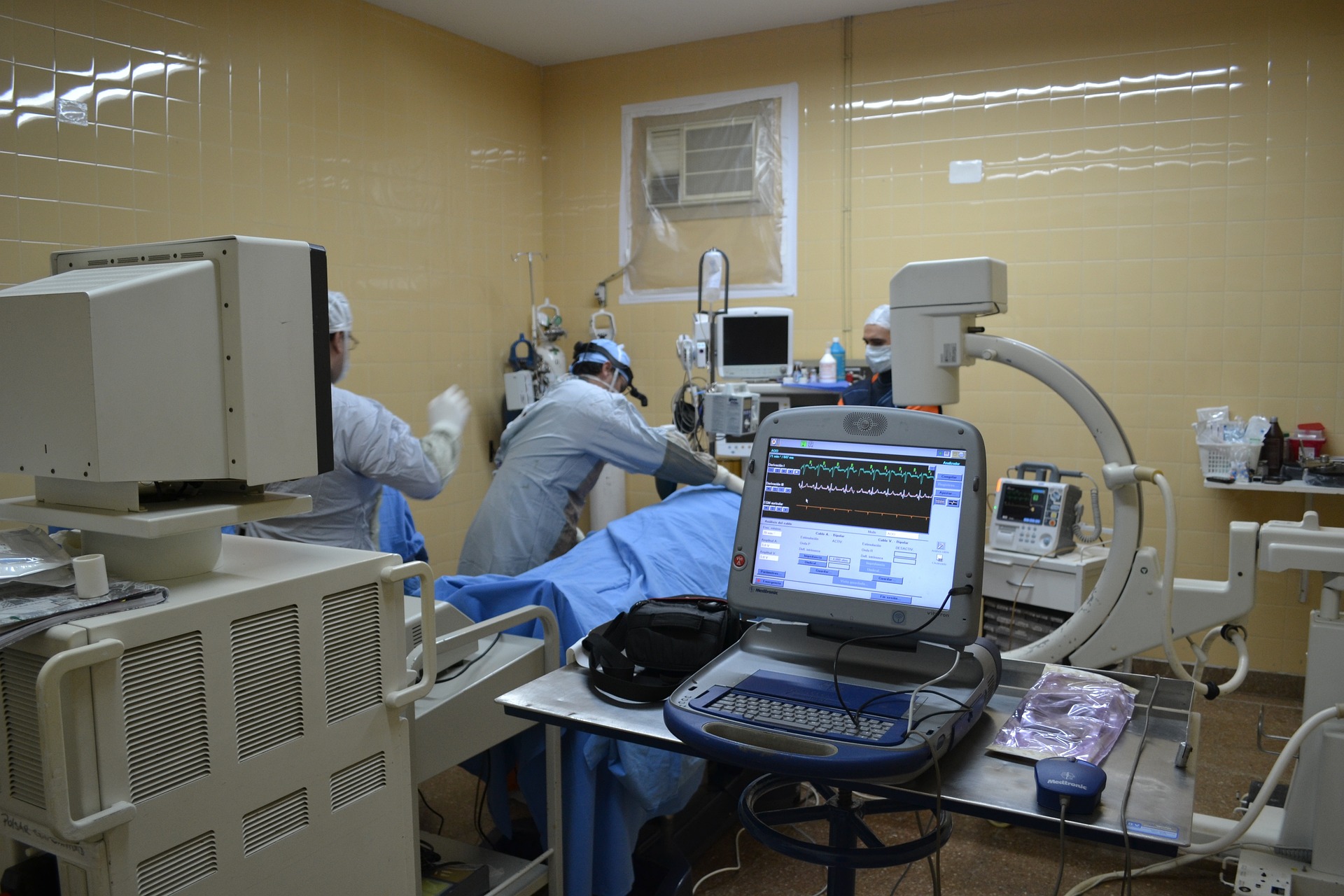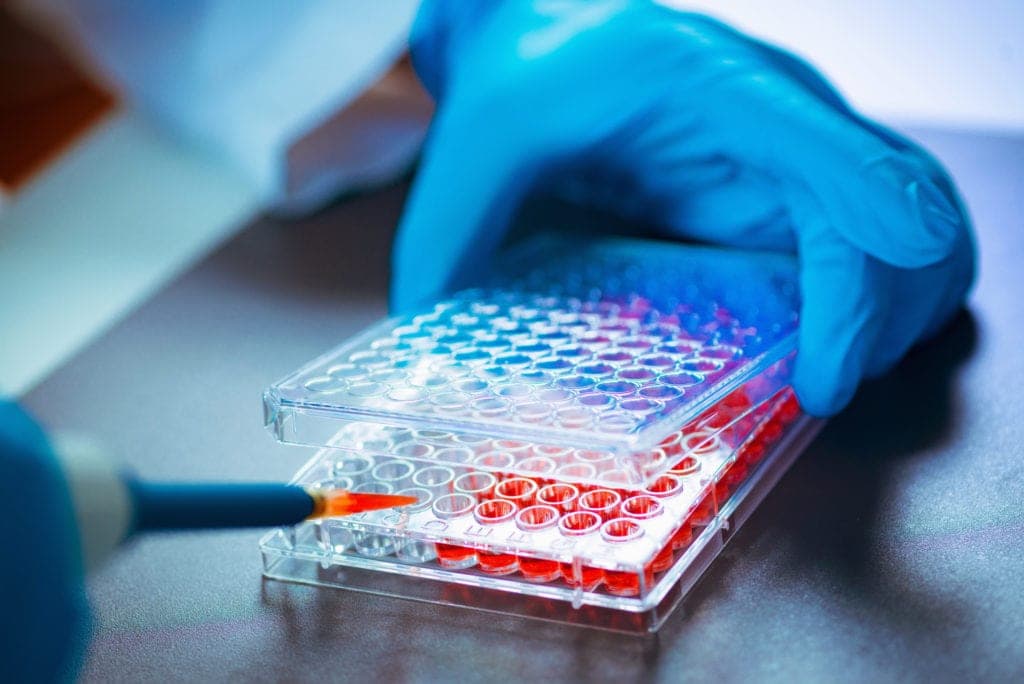Biomaterials are essential in regenerative medicine, offering promising solutions for repairing and regenerating damaged tissues and organs. These materials provide scaffolding that supports cell growth, guides tissue development, and integrates with the body. The ongoing advancements in biomaterial science are shaping the future of medical treatments, pushing the boundaries of what is possible in healthcare.
The Role of Biomaterials in Regenerative Medicine
Biomaterials used in regenerative medicine are engineered to interact with biological systems to aid in the healing process. They can be derived from natural sources, such as collagen and hyaluronic acid, or synthesized, such as polylactic acid (PLA) and polyethylene glycol (PEG). “The primary function of biomaterials in this field is to provide a supportive framework that mimics the extracellular matrix,” explains Dr. Emily White, a specialist in biomaterials. This framework is crucial for promoting cell adhesion, growth, and differentiation, which are essential for tissue regeneration.
Innovations in Biomaterial Development
Smart Biomaterials
One of the most exciting developments in biomaterials is the advent of smart materials that can respond to environmental changes. “Smart biomaterials can release therapeutic agents, change shape, or adjust their properties in response to stimuli like temperature, pH, or light,” says Dr. Mark Johnson, an innovator in biomaterial technology. This adaptability makes them ideal for applications such as controlled drug delivery and responsive tissue scaffolds.
Biodegradable and Bioabsorbable Materials
The use of biodegradable and bioabsorbable materials is another significant advancement. These materials are designed to degrade naturally in the body after serving their purpose, reducing the need for surgical removal. “Biodegradable biomaterials are particularly useful in applications like sutures, stents, and temporary scaffolds for tissue engineering,” notes Dr. Sarah Lee, a researcher in medical polymers.
Nanomaterials and Nanocomposites
Nanotechnology is playing a transformative role in the development of biomaterials. Nanomaterials and nanocomposites can be engineered at the molecular level to enhance their mechanical, chemical, and biological properties. “The use of nanoparticles in biomaterials allows for precise control over drug delivery and the creation of scaffolds with enhanced mechanical strength and bioactivity,” explains Dr. Michael Green, a nanotechnology expert.
Applications in Tissue Engineering and Regenerative Medicine
Biomaterials are being used in various regenerative medicine applications, from skin regeneration and bone repair to the development of artificial organs. “The versatility of biomaterials makes them suitable for a wide range of medical applications, including the regeneration of complex tissues like cartilage and nerves,” says Dr. Laura Smith, a tissue engineering specialist.
For instance, in bone regeneration, biomaterials such as calcium phosphate and hydroxyapatite are used to create scaffolds that mimic the mineral composition of bone. These scaffolds support the growth of new bone cells and facilitate the integration of the new tissue with the existing bone. “Biomaterials in bone regeneration not only provide structural support but also promote osteogenesis and vascularization,” notes Dr. David Chan, an orthopedic researcher.
In the field of skin regeneration, biomaterials are used to develop advanced wound dressings and skin grafts that accelerate healing and reduce scarring. “Hydrogel-based biomaterials are particularly effective in maintaining a moist wound environment and delivering bioactive molecules that promote tissue repair,” highlights Dr. Maria Lopez, a dermatology expert.
Challenges and Future Directions
Despite the significant progress, challenges remain in the field of biomaterials. One major challenge is ensuring the biocompatibility and safety of new materials. “It is crucial to thoroughly evaluate the long-term effects of biomaterials in the body to avoid adverse reactions,” cautions Dr. Karen Johnson, a clinical researcher.
Another challenge is the scalability of biomaterial production. “Developing cost-effective and scalable manufacturing processes is essential for making advanced biomaterials accessible to a wider range of patients,” says Dr. Alex Lee, an industrial engineer.
Looking ahead, the future of biomaterials in regenerative medicine is promising, with ongoing research focused on developing more sophisticated and multifunctional materials. “The integration of biomaterials with emerging technologies like 3D printing and bioprinting is set to revolutionize the field, enabling the creation of personalized and complex tissue structures,” predicts Dr. Emily Wang, a futurist in medical technology.
Biomaterials are at the forefront of regenerative medicine, driving innovation and expanding the possibilities for medical treatments. As research continues to advance, these materials will play an increasingly crucial role in developing therapies that not only repair and replace damaged tissues but also restore their full functionality. The future of healthcare lies in harnessing the potential of biomaterials to transform patient care and improve quality of life.







